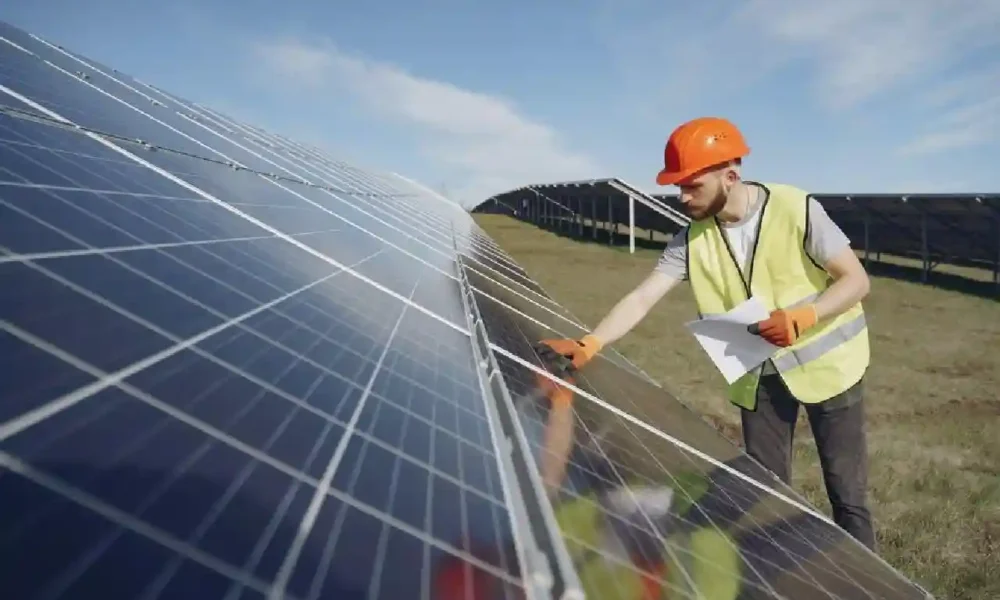Switching to solar energy is an exciting step towards sustainability and savings. However, tailoring your solar panel configuration to meet your specific energy requirements can be a bit daunting.
This guide will walk you through the process, ensuring you maximize efficiency and enjoy all the benefits solar power has to offer. Read on.
Assessing Your Solar Potential
Assess the solar potential of your property. The efficiency of your solar panels depends on factors such as roof orientation, shading, and available space. Use tools like Google’s Project Sunroof to get an estimate of your roof’s solar potential.
These tools analyze sunlight exposure and provide a detailed report on how much energy you could generate. Remember, the goal is to maximize exposure to direct sunlight while minimizing shading from:
- trees
- buildings
- other obstructions
Choosing the Right Type of Solar Panels
Solar panels come in various types, each with its advantages and disadvantages. Monocrystalline panels are highly efficient and space-saving, making them ideal for smaller roofs. Polycrystalline panels are less expensive but slightly less efficient.
Thin-film panels are flexible and lightweight, suitable for unconventional spaces. Consulting with a solar energy expert can provide valuable insights into which option best suits your needs. Check out solar panels in Vaughan to learn more about solar components.
Determining Solar System Size
The size of your solar system is crucial. It should be large enough to cover your energy needs but not so large that it becomes cost-inefficient. A general rule of thumb is to install enough panels to generate about 80% of your total energy consumption.
This allows you to rely on solar power for most of your needs while using grid electricity as a backup. Calculate the number of panels required by dividing your annual energy consumption (in kilowatt-hours) by the annual production of one panel.
Battery Storage Options
For many solar panel users, battery storage is a significant factor to consider. In order to be used at night or during blackouts, batteries store extra energy produced during the day. Lithium-ion batteries are widely used because of their excellent efficiency and extended lifespan.
However, they can be expensive. Evaluate your energy usage patterns to decide if battery storage makes sense for you.
Inverter Selection
Inverters convert the DC electricity generated by your solar panels into AC electricity used by your home appliances. There are three main types of inverters:
- string inverters,
- microinverters
- power optimizers
Research the pros and cons of each type and choose one that aligns with your system’s needs and budget. By doing this, you can get the best solar system parts that are right for you.
Monitoring and Maintenance
Once your system is up and running, monitoring is key to maximizing performance. Many modern systems come with monitoring software that allows you to track energy production and consumption in real time.
This helps identify any issues promptly and ensures your system operates at peak efficiency. Schedule regular maintenance checks to clean panels and inspect for any wear and tear. This can help extend the life of the parts of a solar panel.
Get a Solar Panel Configuration Now
Tailoring your solar panel configuration to your unique energy needs ensures you maximize the benefits of solar power. Each step is crucial for an efficient and cost-effective setup.
For personalized assistance, consider working with a solar energy consultant who can guide you through the process and help you make informed decisions. Start your solar journey today and enjoy the benefits for years to come.
If you want to read more articles, visit our blog.
